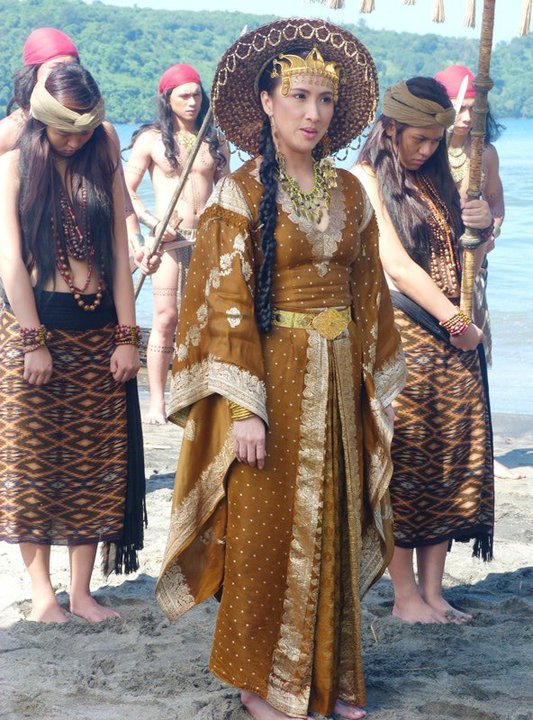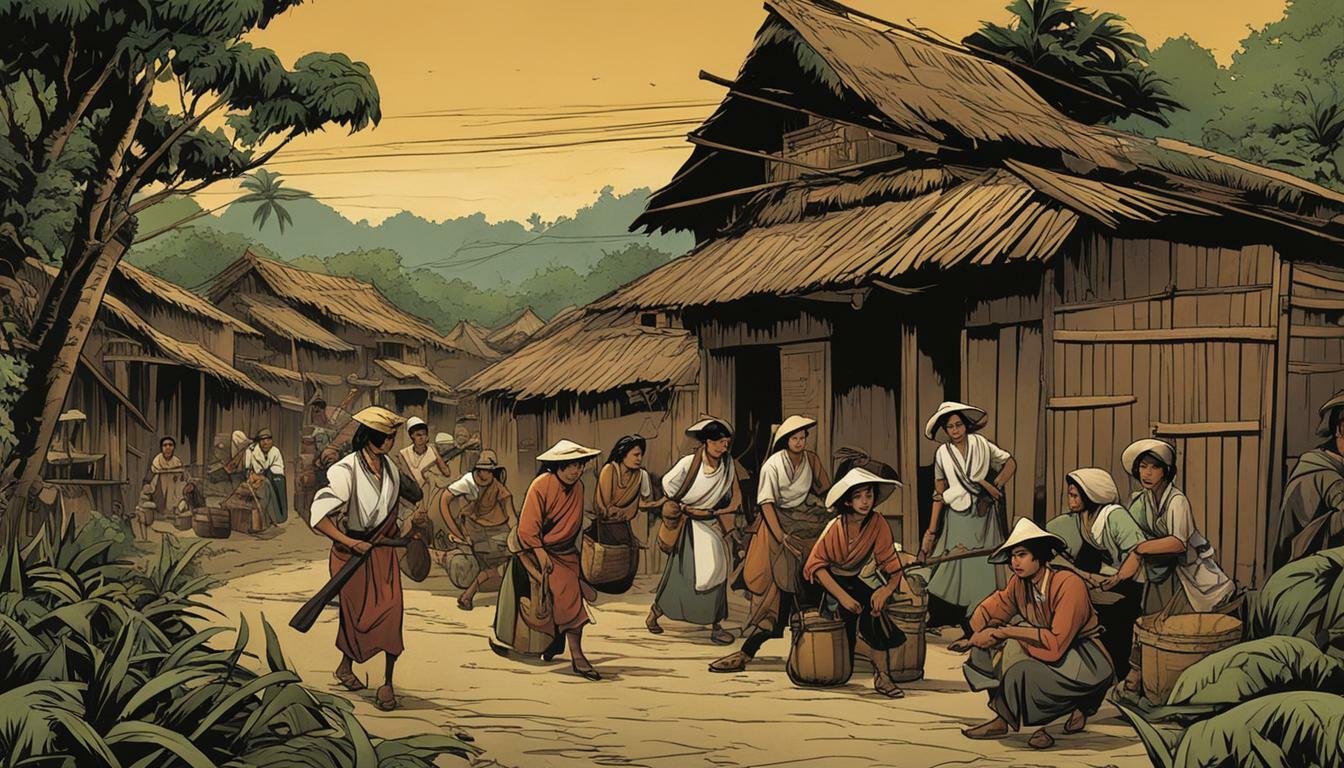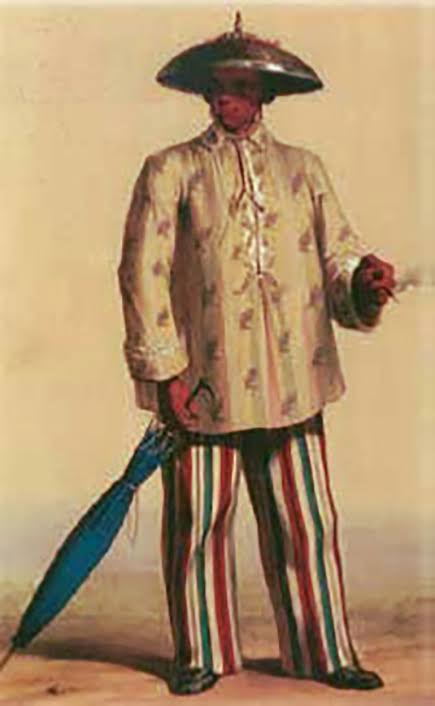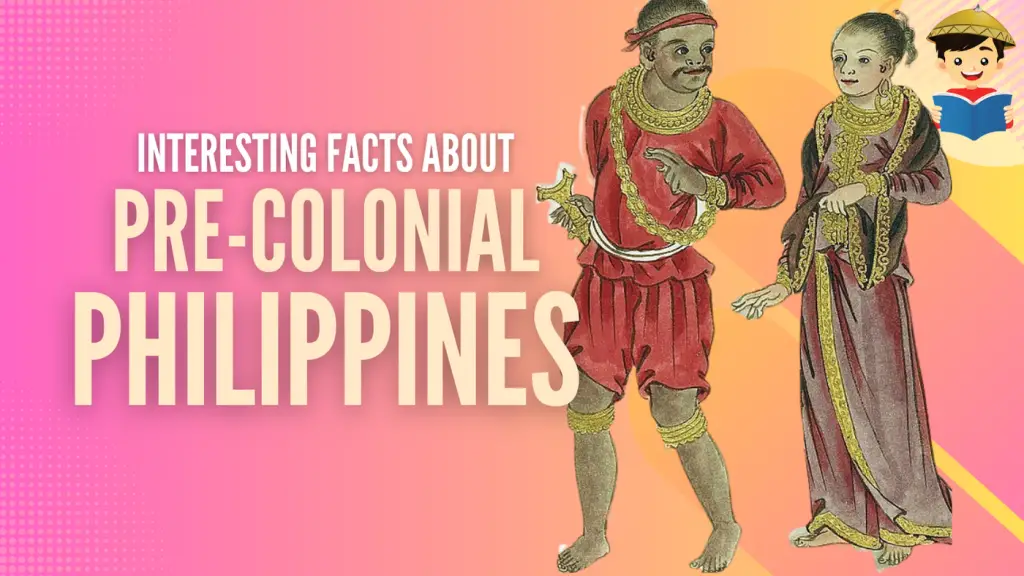What Do Nobility Wear In Precolonial Philippines

Before the arrival of Spanish colonizers, the Philippine archipelago thrived with diverse cultures and social structures. A prominent feature of these societies was a distinct class system, with the nobility, or maginoo, holding significant power and influence. Their attire served as a visual marker of their status, reflecting their wealth, lineage, and authority.
Understanding precolonial Filipino clothing provides a valuable glimpse into the social dynamics of the past. It sheds light on the values, beliefs, and artistic traditions that shaped these early communities. This article delves into the specific garments and adornments that distinguished the nobility, drawing on historical accounts and archaeological evidence.
Material and Construction
The clothing of the maginoo was characterized by the use of high-quality materials. Abaca, a type of banana fiber, and cotton were commonly woven into intricate textiles. These fabrics were often dyed with vibrant natural pigments derived from plants and minerals, showcasing a mastery of textile production.
Compared to the simpler attire of the commoners, the nobility's clothing involved more elaborate construction techniques. Weaving patterns could signify rank or tribal affiliation. Intricate embroidery and embellishments further enhanced the garments' aesthetic appeal, denoting prestige.
Men's Attire
For men, the upper garment typically consisted of the kangan, a collarless jacket. The color of the kangan often indicated the wearer's status. Chiefs and high-ranking warriors might wear red, symbolizing courage and leadership.
The lower garment was the bahag, or loincloth. While commoners also wore the bahag, those worn by the maginoo were made of finer materials and more intricately decorated. Gold threads or beads were frequently incorporated into the design.
Men of the nobility also adorned themselves with accessories. These included gold necklaces, bracelets, and armlets. Headgear, such as turbans or elaborate headdresses made of feathers and precious stones, further distinguished their rank.
Women's Attire
Women of the nobility wore the baro, a blouse or upper garment, and the saya, a long skirt. The baro and saya were often made of fine, delicate fabrics. These garments could be elaborately embroidered with intricate designs.
Like the men, women also wore jewelry to signify their status. Gold necklaces, earrings, and rings were common adornments. They also wore belts made of precious metals and stones.
Hairstyles and headdresses were equally important for women. They styled their hair in elaborate braids or buns, often adorned with combs, flowers, or jewels. The type of headdress worn could indicate marital status or social standing.
Color and Symbolism
Color played a significant role in signifying social status. As mentioned, red was often associated with chiefs and warriors. Other colors, such as blue and yellow, could also hold symbolic meanings related to power, wealth, or spiritual beliefs.
Beyond color, specific patterns and motifs woven into the fabrics held symbolic significance. These designs could represent ancestral lineages, tribal affiliations, or personal achievements. The skill and artistry involved in creating these textiles further enhanced their value.
Impact and Legacy
The attire of the precolonial Filipino nobility served as a powerful visual representation of social hierarchy. It reinforced the authority of the maginoo and maintained social order. The clothing also reflected the rich cultural traditions and artistic skills of the time.
While the Spanish colonization brought about significant changes in Filipino society and dress, the legacy of precolonial clothing persists. Modern designers and artists often draw inspiration from these traditional garments. They incorporate indigenous materials and techniques into contemporary designs.
By understanding the clothing of the precolonial nobility, we gain a deeper appreciation for the complex social structures and cultural heritage of the Philippines. It allows us to connect with the past and celebrate the artistry and ingenuity of our ancestors. Further research and preservation efforts are essential to safeguard this valuable aspect of Philippine history.


















